<Back to Index>
- Composer and Musician Juan d' Arienzo, 1900
- Composer and Pianist Rodolfo Biagi, 1906
PAGE SPONSOR
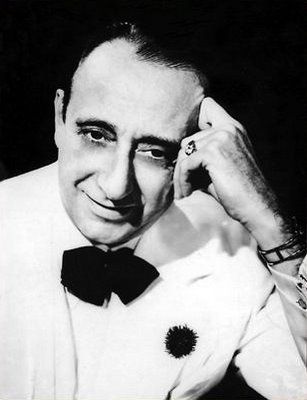
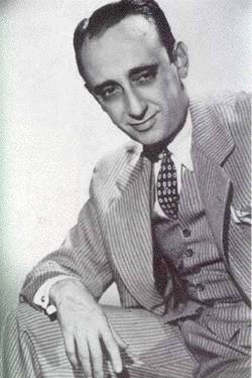
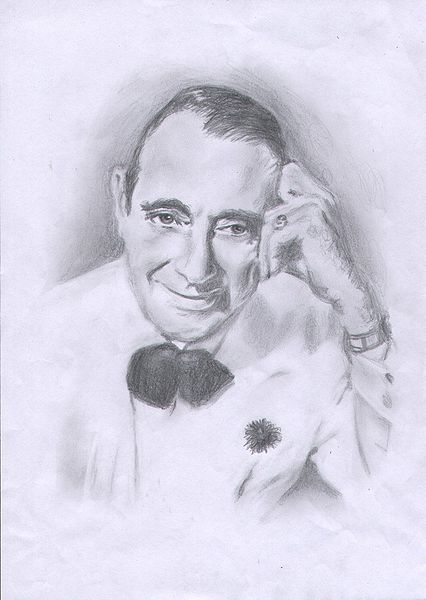
Juan d'Arienzo (December 14, 1900 – January 14, 1976) was an Argentine tango musician, also known as "El Rey del Compás" (King of the Beat). Departing from other orchestras of the golden age, D'Arienzo returned to the 2x4 feel that characterized music of the old guard, but he used more modern arrangements and instrumentation. His popular group produced hundreds of recordings.
His music is played often at milongas in Buenos Aires, and the instrumentals are the classic harder rhythmic tangos with a strong staccato dance rhythm. He also recorded many great milongas and fast valses.
On his passing in 1976, Juan D'Arienzo was interred in the La Chacarita Cemetery in Buenos Aires, Argentina.

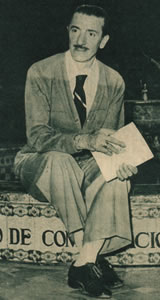
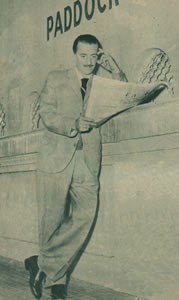
Rodolfo Biagi (Buenos Aires , March 14 of 1906 - Buenos Aires, September 24 of 1969 ) was a bandleader, composer and pianist of Argentina whose nickname was "Witch Hands" and is considered an important figure linked to the tango music.
From 1935 to 1938 he served as pianist for the tango orchestra of Juan D'Arienzo. In 1938 he founded his own tango orchestra.
His playing style tended to favor dancing with a fast rhythm, even monotonous at times. As a composer he is remembered especially as the author of the tango music of Indifference and the milonga Campo out with verses of Homero Manzi.
Born in the neighborhood of San Telmo, after primary school he opted to study music and, in particular, the violin. He reached a compromise with his parents, who wanted him to continue his studies by enrolling at the Normal Teacher's School "Mariano Acosta" and at the conservatory of the newspaper La Prensa, where he found he preferred the piano over the violin.
At 13 years, and without his parents' knowledge, he began working as a pianist at a local cinema to accompany the films, which at that time were silent. On one occasion, when he was 15, he heard Juan Maglio (Pacho), who invited him to play with him at the café Nacional and later joined the orchestra of the bandoneon player Miguel Orlando at the cabaret "Maipú Pigall."
In 1930 with the violinist Antonio Rodio and guitarists José María Aguilar, Guillermo Barbieri and Domingo Riverol accompanied Carlos Gardel in the recording for the Odeon label of tangos smoking Viejo, Buenos Aires and Those partying, foxtrot I was born for you, you will be for me and waltz Aromas of Cairo.
Biagi later passed by the orchestra of Juan Bautista Guido and then by that of Juan Canaro, who starred in the film Paris and toured Brazil. In the orchestra he met Juan Carlos Thorry with whom he composed the tango "Indifference."
Biagi used to go to the cabaret "Chantecler" in downtown Buenos Aires, in which was playing the orchestra of Juan D'Arienzo, who was a friend. One night the director, tired of the lateness of pianist Lidio Fasoli, proposed that Biagi replace him. D'Arienzo,
who was justly called "The King of the bar," had introduced a playing
style conducive to the dancer, while Biagi came from the school of Juan
Maglio of rhythmic and melodic canons typical of the Old Guard. The incorporation, however, was successful.
In addition to performances at the Chantecler, he worked with D'Arienzo in LR1 Radio El Mundo, in dance clubs, successful tours, starred in Porteñas Melodies directed by Enrique Santos Discépolo and recorded 71 pieces between December 31, 1935, when they recorded Silver Shores, and June 22, 1938, recording Champagne tango.
In 1938, Biagi formed his own orchestra, which debuted on September 16, 1938 at the cabaret "Marabou", continuing the same style suitable for a dancer. From his performance at Radio Belgrano he was nicknamed "Hands Bruges", which was a foxtrot by José María Aguilar that was always the opening of the performance of his orchestra. In 1942 he toured Chile with great public acclaim. In the early '50s he was one of the figures that inspired the famous program "Glostora Tango Club" in which his orchestra was the first to appear. Star was also popular with Channel 13 program "Casino Philips".
As singers he had Theophilus Ibanez, Andres Falgás, who was the most successful singer in the orchestra, Jorge Ortiz, who after a short period splitting to perform with Miguel Calo returned with Biagi. They remember especially his interpretations of "Yuyo green," "Indifference", "bird blind", "Mass of eleven" and "Barracas Soledad."
Other singers who passed through the orchestra were Alberto Biagi Lago, Alberto Amor and Carlos Acuña, with highlights their versions of the tangos "In light of the candle", "Lonjazos" and "One." Others were Carlos Saavedra, Carlos Heredia, Carlos Hugo Almagro and Duval, the latter up to the dissolution of the orchestra.
Duval remained on as long as possible with Biagi, and that is because the singer had adapted very well to the style of the brilliant pianist.
Among the musicians who have worked with Biagi in this period we find the bandoneonist Juan Migliore, Agustin Bergato, the violinist Oscar de la Fuente, who was also a composer, Naum Klotzman, Cayetano Nostro, and the bass player Donato Calabrese.
Among the musicians who collaborated with Biagi were the bandoneon players Attadía Alfredo, Ricardo Miguel Bonano Pedevilla, violinists Marcos Larrosa, Claudio Gonzalez and Oscar de la Fuente, who was also the director. He also had a pianist, Juan Carlos Giampa, who replaced him on the radio on Sunday so he would go to the racetrack.
Among other works he composed the tango Cruz diablo, waltzes and waltz Love, As in a fairy and tango Humiliation all with lyrics by Charles Bahr, the tangos Golgotha, Magdala and have a heart for working with Gorrindo Francisco, the milongas outside field and for the güell with lyrics by Homero Manzi, the tango Leave the world as it is with Rodolfo Sciammarella the tango Oh, mamma mia with Carlos Marín and tango Indifference with Juan Carlos Thorry.
On September 24, 1969 he died suddenly due to a large pressure drop.